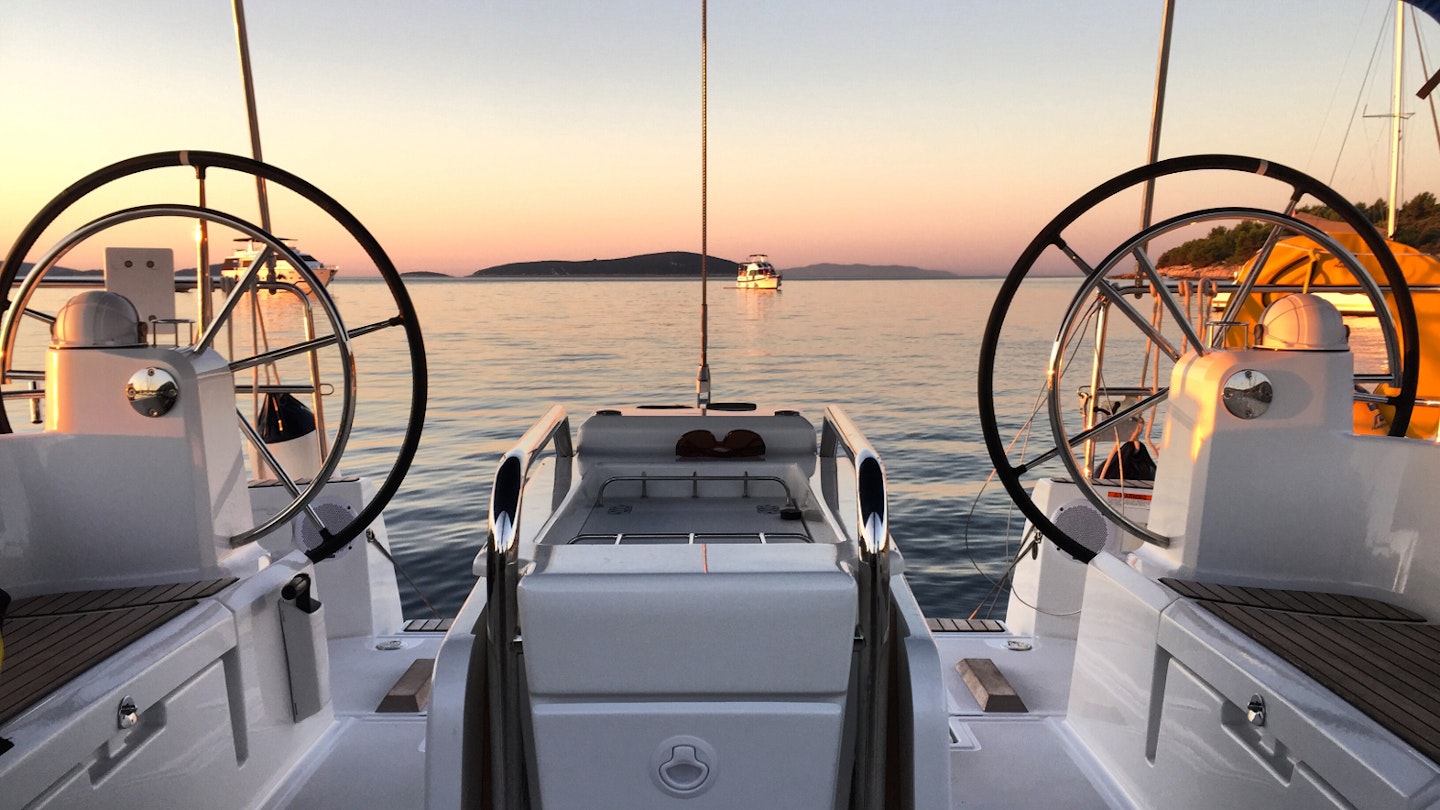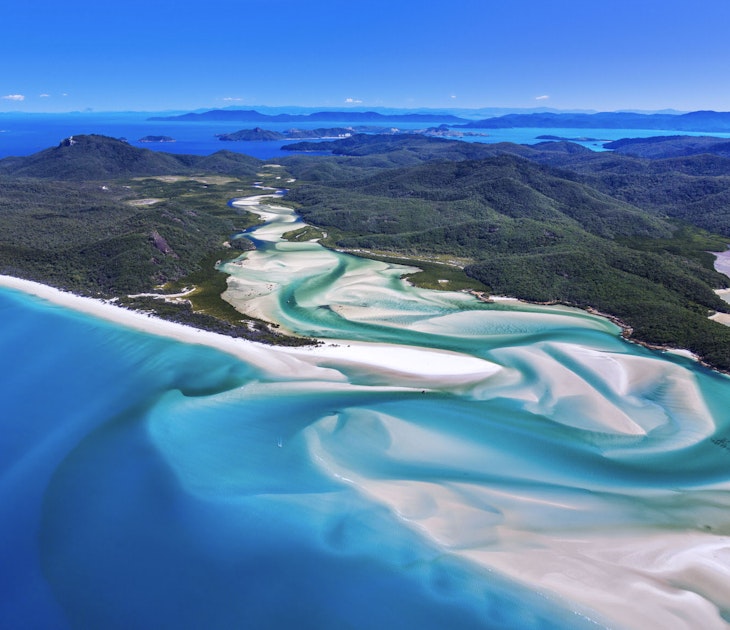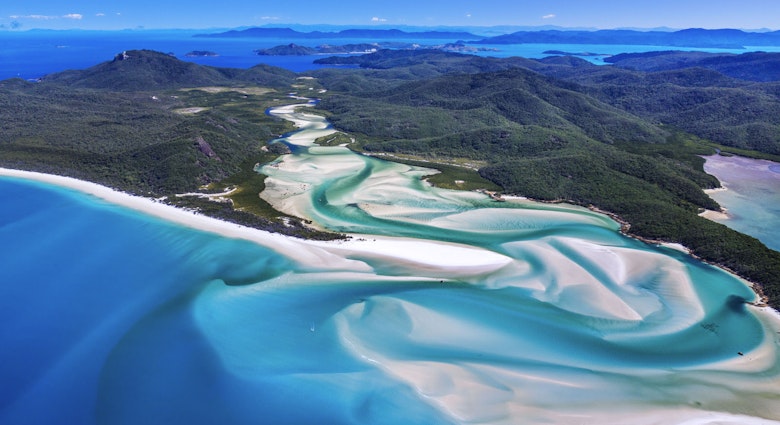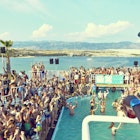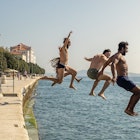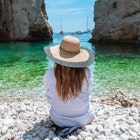Croatia’s extraordinary coast has long lured wealthy sailors to its shores, but now, with dozens of operators offering reasonably priced bareboat (hired without crew) sailboat charters, it doesn’t have to be the exclusive cruising ground of the rich. Here is our sailing guide to some of the most rewarding harbours and anchorages in the Central Adriatic.
Idyllic isolation at Krknjaši Blue Lagoon
This stunning anchorage may be less than 13 nautical miles (24km) from the Central Adriatic’s sailing hub of Split, but it feels a world away. There are only a handful of local homesteads dotting the rocky and forested slopes of Drvenik, the island that shelters the lagoon’s shallow azure waters to the north and west, and Krknjas Mali and Veli Krknjas, which sit to the east, are picture perfect deserted islands.
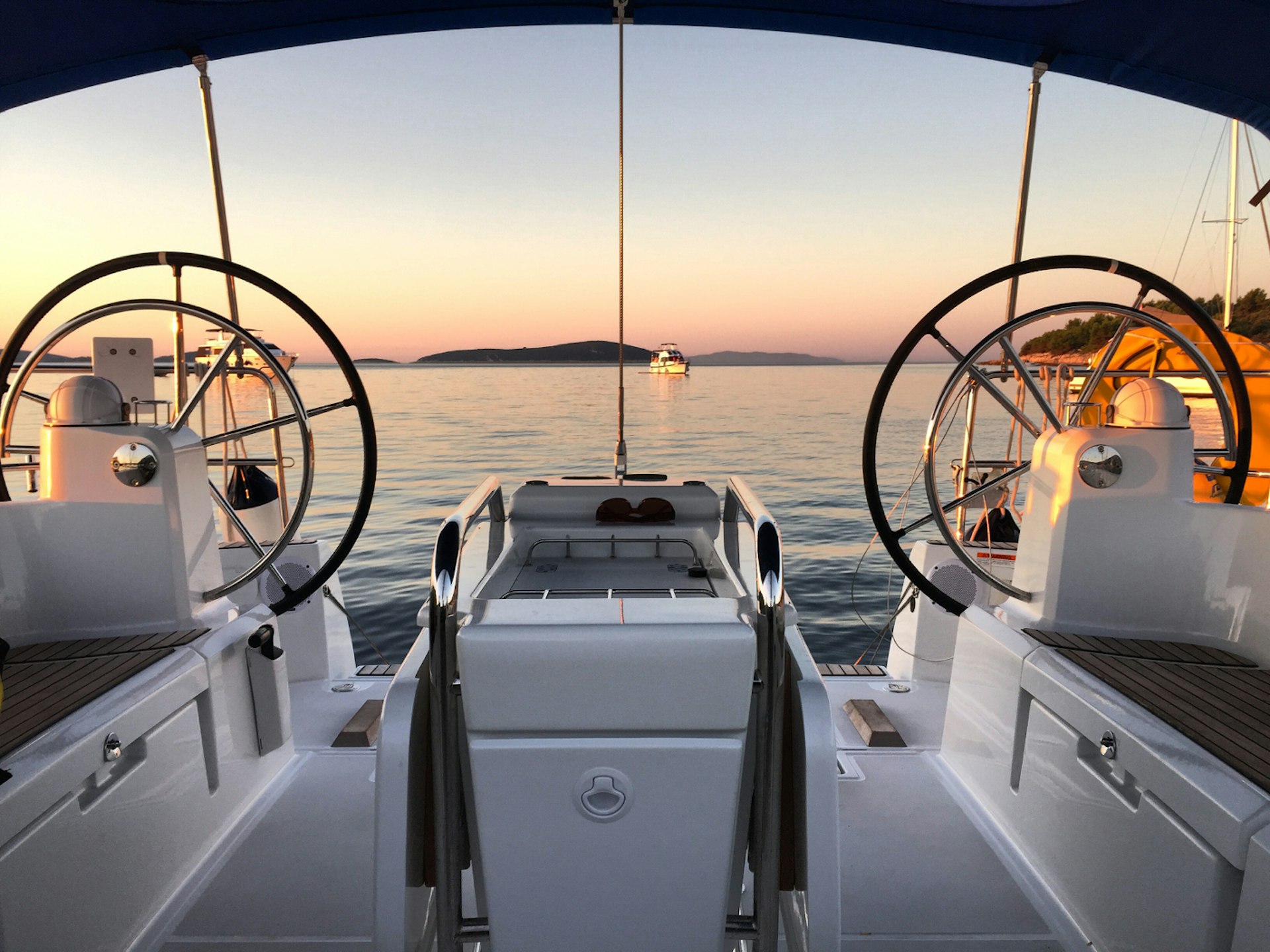
The lagoon’s calm, crystal clear waters are a great place for a peaceful swim or an exploration with a kayak or stand-up paddleboard. There is a small restaurant nestled into the trees on Drvenik, which is accessible by dinghy at the north end of the lagoon – its serves simple, but very tasty seafood dishes. Sunrise at Krknjaši is spellbinding, so avoid the temptation for a lie in.
Anchorage fee: free.
Cold War fantasies at Luka Rogacic
Seemingly straight out of a James Bond thriller, this beautifully secluded natural harbour on the remote island of Vis is the site of a stealthy-looking submarine pen. Abandoned in 1989, two years before Croatian independence, the pen is the most obvious relic of the island’s Cold War past. Once shrouded in secrecy, Vis – the furthest inhabited Dalmatian island from the Croatian mainland – was the main naval base for the Yugoslav People's Army following the end of WWII.

Today there is no such military presence – the island makes its living from tourism. Dropping anchor next to this gaping, submarine-shaped chasm hewn from rocky hillside, in what is otherwise a paradisiacal setting, is a rather surreal feeling (and so is touring the pen by dinghy). There are no facilities at Luka Rogacic, but it’s only a 2.5km walk to Vis Town along the road on the harbour’s south bank (or you can call one of the local taxis to run you to/from town).
Luka Rogacic, on the north coast of Vis, is a 23 nautical mile (42km) sail due south from Krknjaši Blue Lagoon. From Split it’s a journey of 28 nautical miles (52km).
Anchorage fee: free.
Creative cuisine in Vis Town
The main harbour on the island of Vis is Vis Town. The large town spills down the hillsides to the scenic marina, where boats can moor to the pier or tie up to one of the many fixed buoys in the large horseshoe-shaped bay. While less peaceful than Luka Rogacic to the north, there is more to see here – vestiges of an English fortress, a Greek cemetery and Roman baths are all within strolling distance, as are some popular pebble beaches.
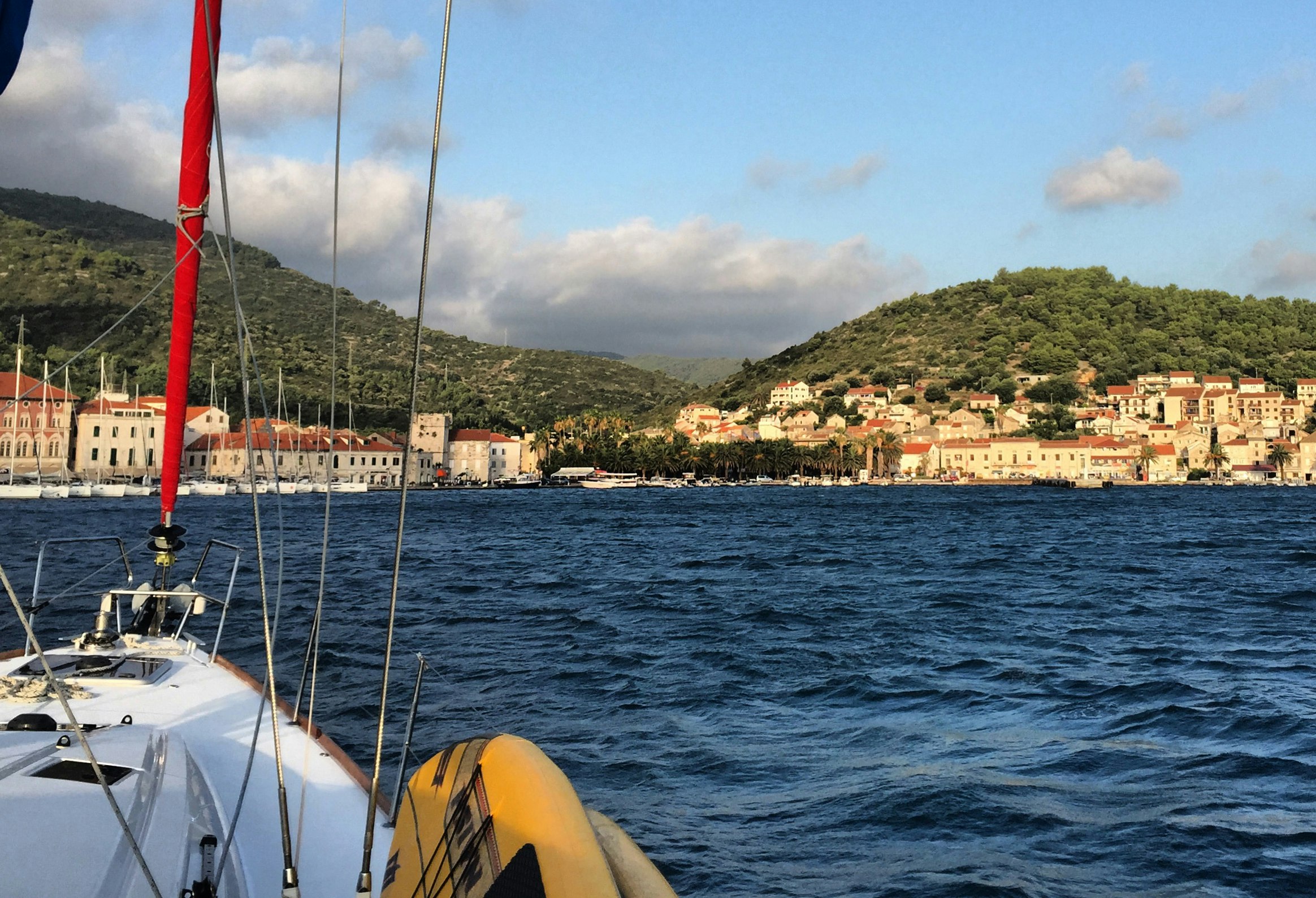
The facilities are wide ranging, with great bars and restaurants, and shops for stocking up on supplies. Although there are many eating options with water views, a visit to Lola Konoba & Bar, which is hidden up a stepped alley a short walk from the marina, may have you considering staying an extra night in port – its creative fusion dishes (a blend of Spanish and Croatian cooking) did just that, luring us back for a second sitting.
The harbour of Vis Town is less than two nautical miles (3.5km) from Luka Rogacic, 14 nautical miles (26km) from Hvar Town and some 30 nautical miles (55km) from Split.
Fixed buoy fee: €4 per metre of your boat’s length. Moorage fee: €7 per metre of your boat's length.
Secluded anchorages in the Pakleni Islands
The waters surrounding these tortuously shaped, thickly-wooded isles are temptingly translucent, and a little exploration will turn up no shortage of secluded anchorages, hidden beaches and deserted lagoons. There are few, if any, inhabitants on most of the islands, and footpaths (let alone roads) are almost non-existent.

The island of Sveti Klement is a particularly rich hunting ground, and offers the greatest options for shelter during high winds – it’s also home to the well run ACI Palmižana marina on its northeast coast. A short walk south from Palmižana leads you to a quaint bay on the south coast (good for anchoring, except during southerlies) with a fine pebble beach and a few fantastic restaurants. There are also a couple of great seafood restaurants on the island’s central north shore, which are accessible to boaters via jetties (for dinghies) and footpaths on both the south and north coast.
This lovely chain of islands sits just south of Hvar Island, some 10 nautical miles (18.5km) northwest of Vis Town and 20 nautical miles (37km) north of Split. If moored at ACI Palmižana, you can take one of the regular water taxis to Hvar Town (KN80-100 per person).
Anchorage fee: free. ACI Palmižana marina: €5-6 per metre of your boat’s length.
See and be seen in Hvar Town
It’s easy to be impressed by Hvar Town as you approach it under sail. Carpeting the hillsides around its cosy harbour are terracotta-roofed villas, Gothic palaces and 13th-century ramparts rising towards an impressive citadel. Once within the bay’s confines, you can’t help but be taken by the impressive bell towers of the Franciscan Monastery, St Mark’s Church and Cathedral of St Stephen.

Once moored, you’ll quickly be drawn to shore for numerous reasons: to climb up through the marble streets and steps to the Fortica for its unparalleled view; to explore the Franciscan and Benedictine Monasteries; to visit the ornate palaces and the Arsenal; or to simply enjoy a coffee and ice cream around St Stephen’s Square. It doesn’t take long to realise that stylish Hvar is a place people (and particularly yachties) come to be seen. As you’d expect from one of Croatia’s premier destinations, the island of Hvar’s largest town has no shortage of great restaurants and bars (though noise from the latter can cut into your sleep if moored here).
Hvar Town is a 23-nautical-mile (43-km) sail south of Split, and a similar distance from Krknjaši Blue Lagoon.
Fixed buoy fee: €2 per metre of your boat's length. Moorage fee: €5 per metre of your boat’s length.
Culture and history in Stari Grad
Although sharing the same island as Hvar Town, the town of Stari Grad is a much mellower affair – people don’t come here to party, they come to soak up the relaxed and cultured atmosphere. The long, narrow harbour is painfully picturesque, with quaint historical buildings lining its southern shore and humble residences dotted amongst pines on the north. With the new ferry terminal several kilometres west of town, the harbour is a peaceful place to explore on a stand-up paddleboard in the early morning.

Within a stone’s throw from the harbour is a medieval Dominican Monastery (you can’t miss its tower) and Tvrdalj, a fortified 16th-century castle. Antika, a restaurant that spreads over three areas of an ancient house and out into a pretty square (which is known to hold the odd concert or two), is easily the best place to dine in town.
Fixed buoy fee: €14 per boat. Moorage fee: €3.50 per metre of your boat’s length.
Make it happen
Bareboat charters of six-berth sailboats (sleeping four comfortably) start at less than €1000 per week, with prices rising by up to double during the summer high season.
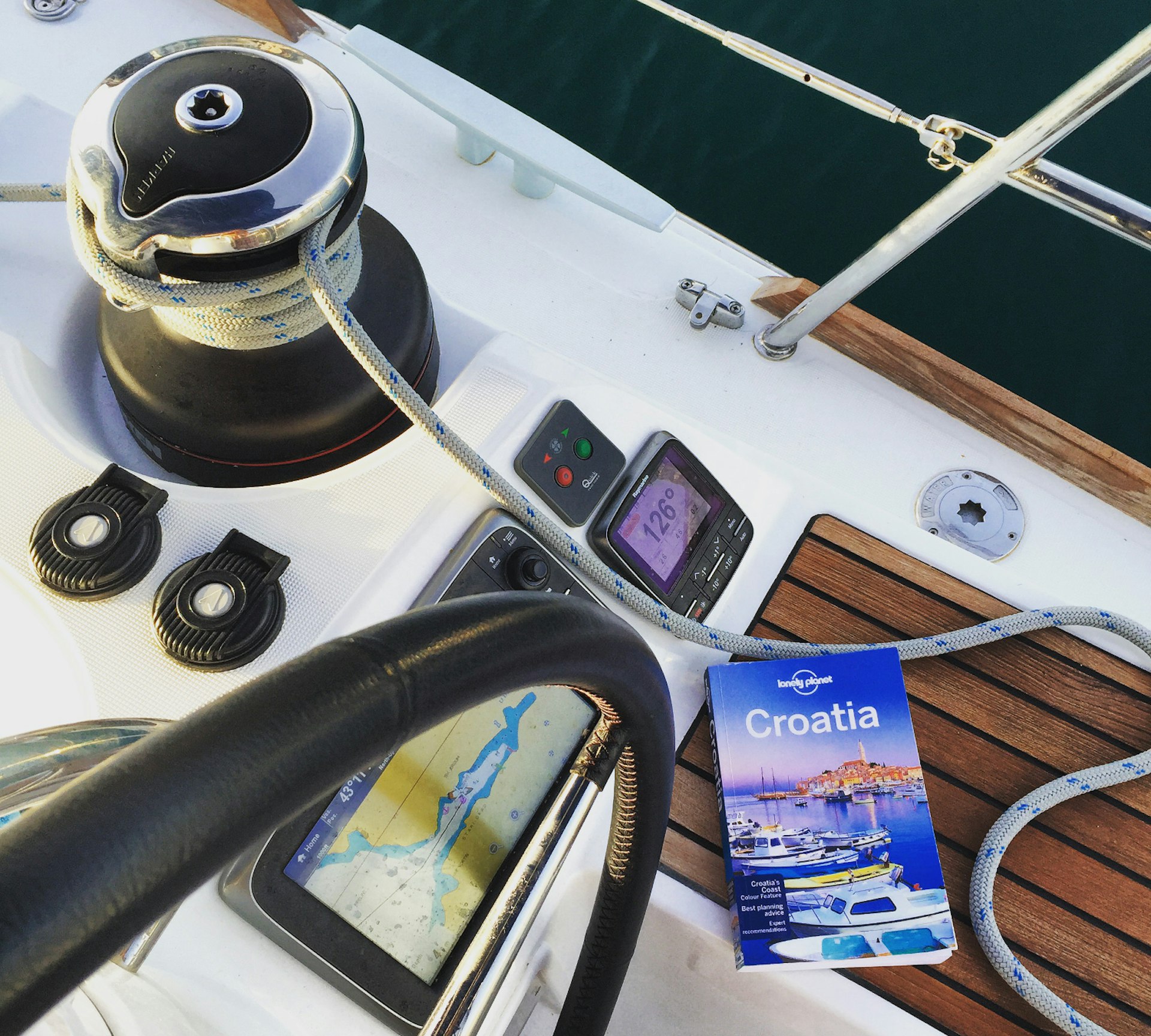
By law all charter companies in Croatia require the skipper to hold at least one of the following introductory sailing certificates: an International Certificate for Operators of Pleasure Craft (ICC) or a Day/Bareboat Skipper license from an approved national sailing association (ie. the Royal Yachting Association in the UK). To qualify for an ICC, experienced sailors must organise (and successfully pass) a practical sailing test through their national yachting association. Day/Bareboat Skipper courses (theoretical and practical sections) are open to sailors with five days, 100 miles and four night hours of experience on sailboats. The latter courses are enjoyable, and can be done abroad to make a rewarding holiday in themselves.
Croatia also requires skippers to have completed a GMDSS-VHF radio course, which can be completed in a single day (with a few hours of preparation prior) at certified centres.
